What are sag residuals & how do they work?
Introduction
One of the questions that our clients ask us all the time is; What are SAG AFTRA residuals and how much are they? It's a pretty big question to cover in one blog post as there are a lot of variables, however, the fundamentals are actually fairly straightforward and that’s exactly what we will explain in this article.
It’s really important to get an understanding of residuals and how they relate to your show from the start of production, especially if you are producing the show for an end client. A miscommunication to your client regarding the cost of SAG residuals, how they are paid and who pays them, could result in problems further down the line after production is well underway.
This article is aimed mainly at producers of animated TV and films but video games producers will also find it useful. In this post we’ll explain what SAG residuals are, how they are paid and who pays them. We’ll show a few examples of how residuals are calculated and provide some best practices for getting started with SAG residuals in your studio.
What are SAG Residuals?
It’s actually quite simple. Residuals are a compensation paid to your voice actors for use of their performance in a theatrical motion picture (film) or television show, beyond the use covered by “initial compensation”(their session fee). In TV animation the “initial compensation” covers only the first broadcast of the actor’s performance as well as their time on the day of recording. Residuals begin once the show starts re-airing or is released to DVD, pay television, broadcast TV, basic cable or new media (such as Netflix, Amazon etc). For theatrical films, the “initial compensation” will cover it’s cinema run and then residuals would be due once the film moves to DVD, television, new media etc. Got it? Great!
Why is it Important to Know About SAG Residuals?
It’s important to have an understanding of what SAG residuals are and how they work so you can be prepared and set up to pay them out. If you don’t you could end up with a massive payout to make that you haven’t accounted for, damage your reputation or even legal action!
The signatory of the production, like Bigmouth Audio, is generally responsible for handling and tracking residuals and they can advise you on what you need to know. Be sure to work with an experienced voice production management company to handle this as opposed to a recording studio.
How to Calculate SAG Residuals
This is the big question! This is why you are here, right? Residual payments are based on a number of different factors. In general though, residuals are calculated based on the revenue the show makes when sold or licensed for reuse. Typically this is referred to as Director’s Gross Receipts. So you should only need to pay residuals when your production is generating more revenue. Since we are specifically talking about animation here, we have included an example of residuals in action on a typical animated series below.
A Real Example of How SAG Residuals work on an Animated Series.
Ok, so let’s say you are producing a 26 episode series with 11 minute episodes for Disney Channel. You have 10 actors recording in each episode, covering all the characters (for now let’s just assume that each actor is covering a maximum of two characters per episode. If they record voices for three or more characters in a single episode there are additional fees but it’s not something we really need to worry about right now, read more about that here in our blog post detailing the rules for SAG actors in animation).
From July 1st, 2022 a SAG actor’s basic scale rate (the fee they generally always get paid unless they are a particularly well known voice or a celeb voice) is $1,082 per 11 minute episode. This is the minimum you can expect to pay an actor and you should also note that these rates tend to increase every now and then.
On top of this amount you will also be expected to pay the actor’s agent a 10% fee as well as contributions to SAG’s pension and health plan for each actor. This is currently around 19.5%. Let’s break that down.
Per Episode Costs:
10 actors @ $1,082 = $10,820
10% agent’s fee (10% x $10,050) = $1,082
= $10,820 + $1,082 = $11,902
= $11,902 + 19.5% (pension & health contributions) = $14,222.89
This is what you will pay the actors for each episode for their time on the day of recording as well as one broadcast / the first broadcast of the episode. But let’s say Disney wants to broadcast each episode three times in one day, what happens then? Well, the first broadcast on the day has already been covered by the $14,222.89 payment detailed above, happy days! When the second broadcast is aired, that’s when the residuals get triggered. At the time of writing, for a typical animation project getting broadcast on network television, a 2nd run residual payment would be equal to 17% of the actor’s total applicable minimum salary (basically 17% of the scale rate or $1,0820 using this example). The third and final run of the day would trigger another residual payment, this time 12% of the actor’s total applicable minimum salary and so on.
This example applies to the SAG AFTRA Basic Cable agreement. There are of course different scenarios for other platforms, such as SVOD. For these platforms, the residuals are based on the number of years a show is exhibited on the platform.
Basic Cable Residuals Structure
Run Number:
Covered with the session fee
17% of performers total applicable minimum salary
12% of performers total applicable minimum salary
11% of performers total applicable minimum salary
10% of performers total applicable minimum salary
6% of performers total applicable minimum salary
4% of performers total applicable minimum salary
4% of performers total applicable minimum salary
3.5% of performers total applicable minimum salary
3.5% of performers total applicable minimum salary
3% of performers total applicable minimum salary
2.5% of performers total applicable minimum salary
(and all subsequent runs thereafter) 1.5% of performers total applicable minimum salary
4 Tips and Reminders for SAG Residuals.
Remember that the initial compensation covers 1 x broadcast and the actor’s time. So when you are doing a deal with a network, for example, you should keep this in mind when negotiating the license fee in relation to the number of broadcasts.
SAG AFTRA scale rates and residual payments change quite regularly so make sure you check what the current fees are at the time of production. You can alway grab an up to date copy of our Ultimate Guide to Voice Acting Rates: Animation.
Work with an experienced SAG Signatory producer / voice production company who are familiar with the process. It’s a steep learning curve!
Think about bringing on a payroll partner for paying your talent and tracking residual payments. For example, Entertainment Partners are a good one to check out.
Closing.
So there you have it, a quick guide to SAG AFTRA residuals and how they work. It can be really confusing if you are not used to working with union / SAG talent but it doesn’t have to be overwhelming. The main thing to keep in mind is that residuals are essentially based on the revenue that the production goes on to make. So the more money the show makes, the more money you need to pay the actors!
An alternative to this is to consider recording with non union talent. You could also record in the UK, rather than the US, something we are seeing happen more and more. The concept of union vs non union doesn’t really exist in the UK. So you can get really good character actors (yes… they can do American accents) without the hassle of ongoing residual payments.
If you are still slightly confused about SAG residuals, feel free to drop us a line and tell us about your project, where you are with it and what is concerning you. We’ll do our best to get you back on track: hello@bigmouthaudio.com
Interested in contributing to our blog? Send your articles and ideas to: hello@bigmouthaudio.com

